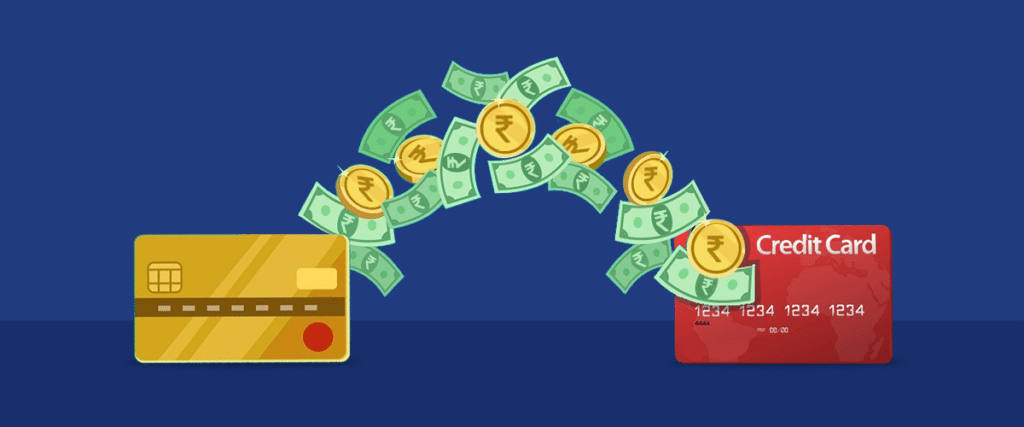Balancing savings and credit for emergencies

In today's unpredictable world, managing financial stability requires a balance between emergency savings and credit options. This balance can be the key to navigating through unexpected financial challenges while ensuring long-term financial health.
This blog post dives deep into strategies for maintaining an equilibrium between saving for an emergency and utilizing credit wisely. By understanding the benefits and pitfalls of both, individuals can prepare themselves better for unforeseen expenses without compromising their financial future.
Read on to discover how to effectively balance your financial safety net with the flexibility that credit offers, maximizing your preparedness for any emergency.
Understanding the Importance of Emergency Savings
Emergency savings act as a financial safety net designed to cover unforeseen expenses without the need for borrowing. These funds are crucial for maintaining financial stability during emergencies such as medical bills, unforeseen home repairs, or sudden job loss.
Starting your emergency fund involves setting aside a portion of your income regularly until you have saved enough to cover 3 to 6 months’ worth of living expenses. This preparation enables you to handle emergencies without derailing your financial wellbeing.
Additionally, emergency savings reduce the need to rely on credit cards or loans, which can come with high interest rates and fees, leading to debt accumulation.
Without this financial buffer, individuals are often forced to make difficult compromises, sacrificing long-term financial goals for short-term needs.
Optimizing the Use of Credit during Emergencies
While savings should ideally cover unexpected expenses, sometimes the reality of the situation demands more than what we have set aside. In these instances, credit can serve as a temporary solution.
Credit, when used responsibly, offers flexibility and immediate relief. It’s essential to understand the terms of your credit, including interest rates and repayment schedules, to avoid falling into a financial pitfall.
Opting for lower-interest options and maintaining a good credit score can also help ensure that you have access to the best credit offers available.
Remember, the key to using credit wisely is to have a solid repayment plan in place. This approach ensures that borrowed funds are repaid promptly, avoiding the accumulation of debt.
Crafting a Balanced Approach
To balance emergency savings with the strategic use of credit, begin by evaluating your financial situation. Identify your monthly income, expenses, and potential areas for saving.
Establishing a budget that incorporates saving for emergencies while responsibly managing credit can provide financial security and peace of mind. It’s also useful to periodically review and adjust your savings goals and credit use as your financial situation changes.
Financial discipline is crucial for this balanced approach to be effective. Regularly monitoring your expenses and avoiding unnecessary debt are fundamental practices that support your financial wellness.
Emergency Preparedness: A Continuous Process
Building and maintaining this balance is a continuous process that requires commitment and adaptation. As life evolves, so do your financial needs and capabilities.
Regularly revisiting and adjusting your strategy for emergency savings and credit use is essential for staying on track with your financial goals.
Additionally, educating yourself on financial management strategies can empower you to make informed decisions that support your long-term financial health.
Conclusion
Finding the right balance between emergency savings and the use of credit is crucial for financial resilience. By establishing a solid foundation of savings, using credit wisely, and maintaining financial discipline, you can navigate through emergencies without jeopardizing your financial future.
Remember, preparation, flexibility, and education are key to managing the financial challenges of today and building a stronger, more secure tomorrow.
{FAQ}
{FAQ_ITEM}
{FAQ_TITULO}What is the suggested amount for emergency savings?{/FAQ_TITULO}
{FAQ_CONTEUDO}It's generally recommended to save enough to cover 3 to 6 months’ worth of living expenses for emergencies.{/FAQ_CONTEUDO}
{/FAQ_ITEM}
{FAQ_ITEM}
{FAQ_TITULO}How can I improve my credit score?{/FAQ_TITULO}
{FAQ_CONTEUDO}Improving your credit score involves making timely payments, keeping your credit utilization low, and regularly checking your credit report for errors.{/FAQ_CONTEUDO}
{/FAQ_ITEM}
{FAQ_ITEM}
{FAQ_TITULO}Is it better to use savings or credit for an emergency?{/FAQ_TITULO}
{FAQ_CONTEUDO}Using emergency savings is preferable to avoid debt and interest costs. However, credit can be a useful backup if savings are insufficient.{/FAQ_CONTEUDO}
{/FAQ_ITEM}
{/FAQ}
Final Thoughts on Emergency Savings
Balancing emergency savings with credit use is a fundamental aspect of financial planning. This balance ensures that you are financially prepared for any situation without compromising your future stability.
By prioritizing savings, managing credit use wisely, and adhering to a budget, you can build a robust financial safety net that withstands life’s unpredictabilities.
Start today, and let your journey toward financial resilience be a proactive and informed one.
Remember, in the realm of personal finance, preparedness is your most valuable asset.

Related